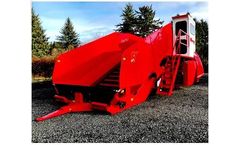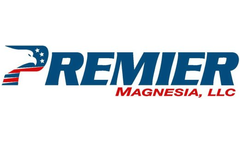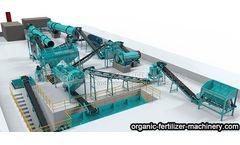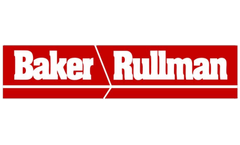Dry Cow Articles & Analysis
6 articles found
Dairy farmers are bagging silage to reduce spoilage by up to 30%, increase nutrient value and milk production, improve herd health, and potentially earn environmental carbon credits. For dairy farmers, “good feed promotes good production” is a guiding principle that has a direct cause-and-effect impact on milk tank volume. As a result, providing the highest quality feed is crucial ...
Mg excretion in the feces was greater with higher K intake. In dry cows feeding supplemental MgO (0.4%Mg) with a ration containing 3.0% K for only a 2 week period failed to affect plasma Ca or Mg levels (Fredeen, et al, 1995). ...
However, heat stress impacts more than just the milking herd. Between calves, dry cows, and milking cows, dairy producers should implement a whole-herd heat stress solution to limit those ...
With that said, the following steps should serve as important points to keep in mind whether you’re considering a retrofit in one of your barns to manage general heat stress, or provide dry cows with an improved animal-centered environment, or help address declining summer milk production or reproductive concerns. ...
Treating cow dung to turn waste into treasure can also bring huge benefits. Making cow dung into organic manure is one of the main methods to treat cow dung. Dry cow dung contains 10%-20% crude protein, 1%-3% crude fat, 20%-30% nitrogen-free extract and 15%-30% crude fiber, so it has high nutrients. An organic ...
Manure drying machines are utilized in agricultural settings to remove moisture from wet manure. ...






